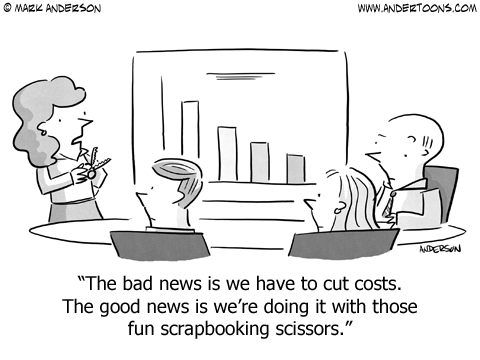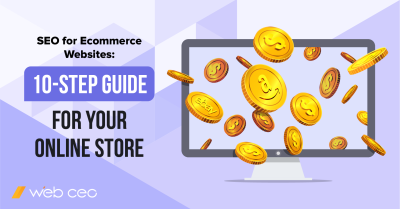
One of the most difficult challenges faced by companies of all sizes is how to cut marketing costs without hurting the brand. It can be a tricky task to shave marketing expenses when you also feel a need for revenue to bring more awareness and customers to your business.
But small businesses and startups often find themselves facing experiencing difficulty in obtaining financing. Sometimes cutting costs appears the only logical way to go.
The key to getting a great return on investment doesn’t lie in removing certain marketing activities from your strategy, but in shifting your energy to the most efficient techniques. Consider the following.
1. Eliminate Waste
There will always be some kind of issue with your marketing strategy that drains money or drives away leads. For example, you may have a program that costs you X amount per month, but has not been generating any leads.
Instead of turning automatically to cutting costs, focus your energy toward identifying wasteful practices and deleting them.
2. Make Fewer Marketing Mistakes
You’re probably aware that this notion is a lot easier said than done, but that shouldn’t discourage you from tackling it. Your marketing team needs to have enough knowledge and experience to achieve your marketing goals with the fewest mistakes possible.
One of the biggest sources of marketing errors is business owners who try to do all the marketing themselves. This may be an admirable endeavor, but it tends to be the quickest way to lose money. Hire people who know what your firm does, and you’ll usually see mistakes diminish substantially.
3. Stretch Content
Perhaps you’ve developed a stash of working content that’s creating leads and boosting steady sales. A useful approach for cutting marketing expenses is to reduce the amount of new content you generate and nurture the high-quality content you already possess.
A single piece of excellent media can go a long way if you’re willing to put a little extra effort into distributing it across social media.
4. Reduce Ad Size
When you post advertisements, keep in mind that bigger isn’t always better. Though a bigger ad will be more immediately visible, that doesn’t mean a smaller ad will go unnoticed, and it costs a lot less.
As an additional cost-saving measure, you could reduce how long the ad runs. For example, a 30-second spot is obviously half as long as a 60-second spot, but it could potentially do as good a job within that shorter time frame.
5. Take Advantage of Free Tools
Are you paying for a software product or online service, but not using all the features? If that’s the case, you might be better off switching to the free version.
In addition, this might be a good time to take a harder look at the programs you’re currently using and compare them with more affordable options.
6. Focus on Conversions
Often when you measure the success of your marketing efforts, it’s easy to get caught up in counting inbound leads and traffic, and not putting enough weight on conversions. But conversions are your ultimate goal, so flip the scenario and put a little less weight on leads and more attention on conversions.
7. Consider Outsourcing
Every successful marketing program will need to run multiple disciplines at the same time. You’ll need people who specialize in advertising, SEO, paid search marketing, lead nurturing, content, analytics, and more, depending on the size of your company and specific strategy.
Instead of trying to do all of this in-house, think more efficiently about hiring an outside company that will handle these areas better than you can. Freelancers are also an option, particularly for those jobs you need only once in awhile. Your biggest expenses will sometimes come from your in-house staff.
P.S.: Follow this step-by-step Digital Marketing Strategy from WebCEO in order to bring your marketing to a new level in 2016.


